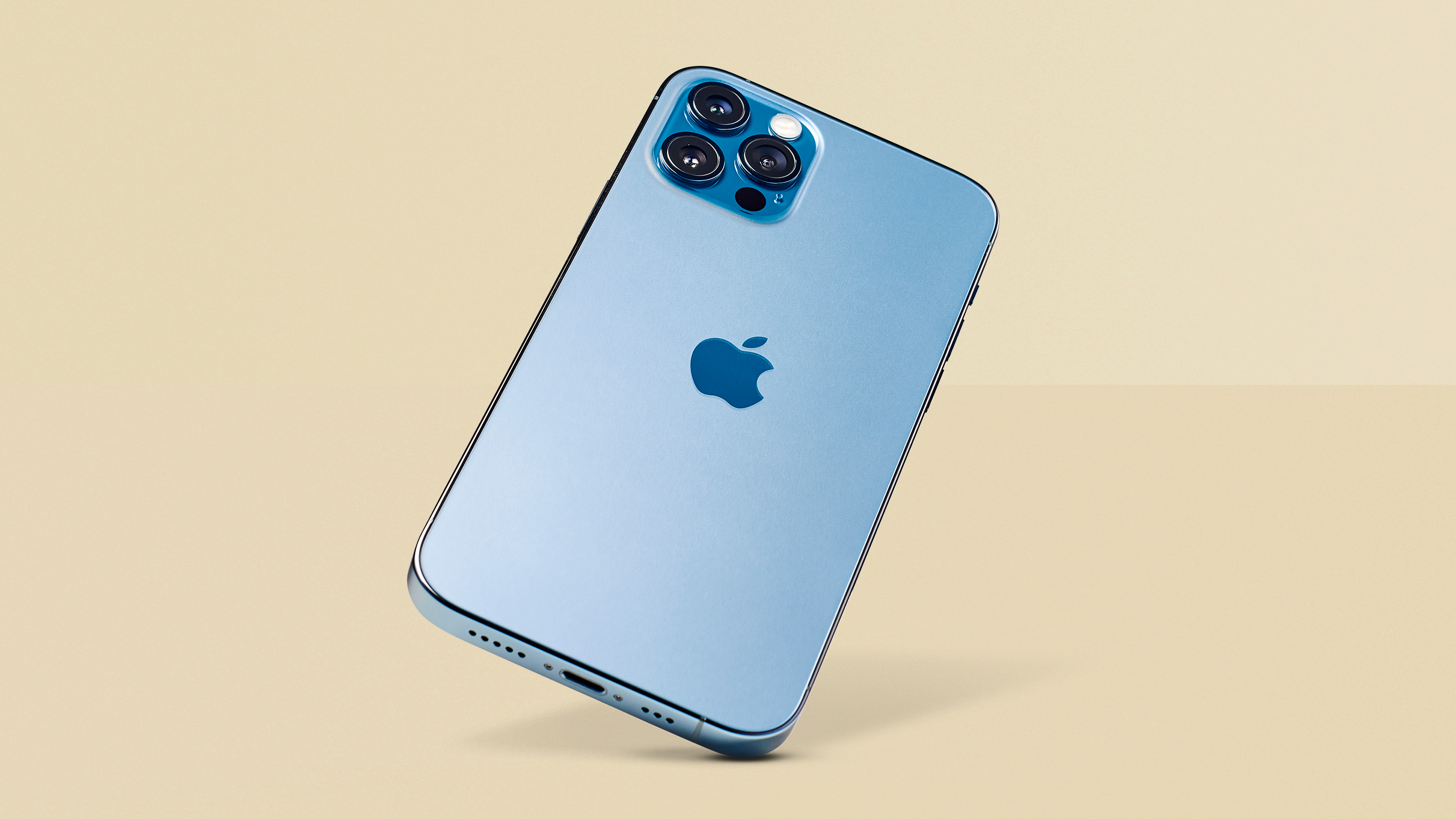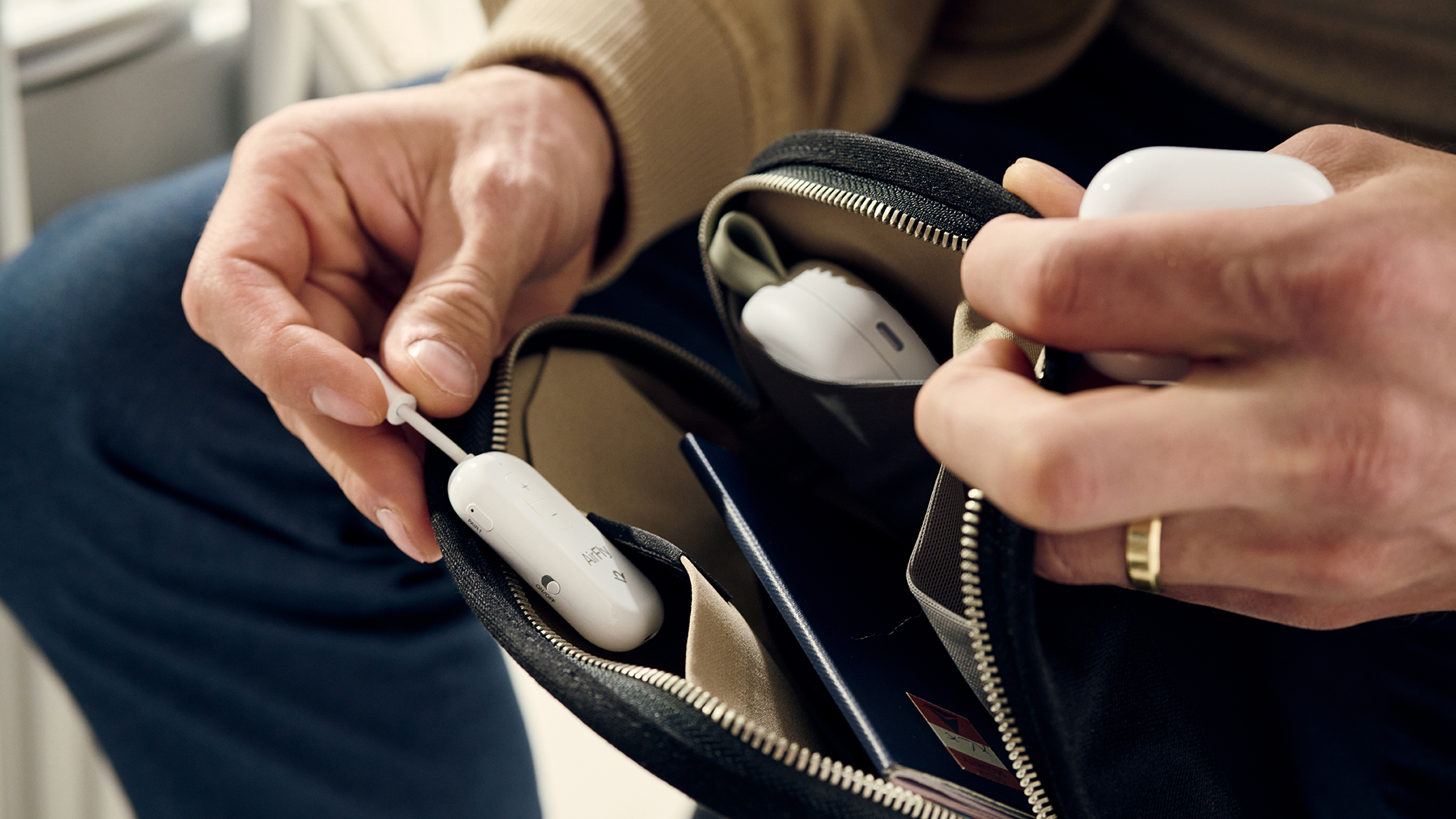

Apple released the iPhone 12 series last year, and despite delays and financial turmoil caused by the pandemic, sales have surged to heights last seen with the iPhone 6. With 100 million units sold by April – just seven months post-launch – the newest flagship has left the iPhone 11 in the dust; and its stellar sales have painted a pretty good picture of what's in store for the iPhone 13.
Counterpoint Research has crunched the numbers and dubbed iPhone 12 sales as "another volume super-cycle" with the last being the iPhone 6. The larger screens and 4G connectivity are cited as the main factors behind the first surge, even though the previous year's iPhone 5 supported 4G.
- Xiaomi has the most elegant solution to an under display camera yet
- LG's next-gen 4K and 8K TVs are arriving this month, and their specs are even more mind-blowing than I expected
- Samsung Galaxy Z Fold 3 leak shows off exactly why the foldable is perfect for early adopters
The popularity of the iPhone 12 is likely down to it being the first 5G iPhone, and while there are four variations, the larger models have proven to be the most popular. The report reveals that the most premium of the bunch – the iPhone 12 Pro Max – has been the most sought after during the initial seven months on the market, accounting for 29% of sales. The iPhone 11 Pro Max, by comparison, made up 25% of the series' sales.
Another factor that has undoubtedly played a part is the price. The iPhone 12 Pro Max comes in at $1,099 / £1,099 / AU$1,849 – the same price (ish) as the iPhone 11 Pro Max, but the handset features a ton of upgrades over last year's model including the new A14 chip, 5G support, and a bump in RAM/ memory. And that's before taking into account design changes like slimmer bezels and larger screen. The top tier iPhone was especially popular in the US, which accounted for a whopping 40% of global iPhone 12 Pro Max sales during the course of the first seven months.
People want premium features at a reasonable price, which is made all the more evident when we look at the opposite side of the scale. The iPhone 12 Mini fell flat, for example, despite the warm reception that the revamped iPhone SE received last year. The 4.7-inch iPhone SE lacks 5G and has a miniscule display, but it's the price point that sets them apart. A $300/ £300/ AU$520 chasm separates the two, proving people don't mind paying for a mini phone with less features as long as the price is right.
So what does all of this mean for 2021's iPhone 13? Apple is going to need to keep the design features that have resonated with consumers. That means large screens, 5G support (both Sub6 as well as the high-bandwidth mmWave 5G for the Pro variants), and a price point that won't make customers balk at the thought of splashing out. Striking the iPhone 13 Mini from the roster and releasing an iPhone SE 2 would probably be beneficial, as no one seems to be interested in paying hundreds of dollars more for a tiny phone that still isn't great in terms of what's on offer.
If Apple gets rid of the notch and finally joins the 120Hz display club – or even 90Hz – iPhone 13 sales could see a similar uptick at launch. We're still a few months away from its debut, but Apple has a pretty good template to follow in terms of what people actually want from its next flagship. Let's hope it doesn't disappoint.
Sign up to the T3 newsletter for smarter living straight to your inbox
Get all the latest news, reviews, deals and buying guides on gorgeous tech, home and active products from the T3 experts
Shabana worked at T3.com as News Editor covering tech and gaming, and has been writing about video games for almost a decade (and playing them since forever). She's had bylines at major gaming sites during her freelance career before settling down here at T3, and has podcasts, streaming, and video content under her belt to boot. Outside of work, she also plays video games and should really think about expanding her hobbies. If you have any tech or gaming tips, shoot over an email or DM her on social media.
-
 Three exercises to 'life-proof' your shoulders, according to a mobility expert
Three exercises to 'life-proof' your shoulders, according to a mobility expertHealthy shoulders mean better movement, more strength and less injury
By Bryony Firth-Bernard
-
 The 7 luxury travel items I won't leave home without – and why you shouldn't either
The 7 luxury travel items I won't leave home without – and why you shouldn't eitherI've flown for many hundreds of hours – and know these luxury travel items will improve your journey
By Mike Lowe